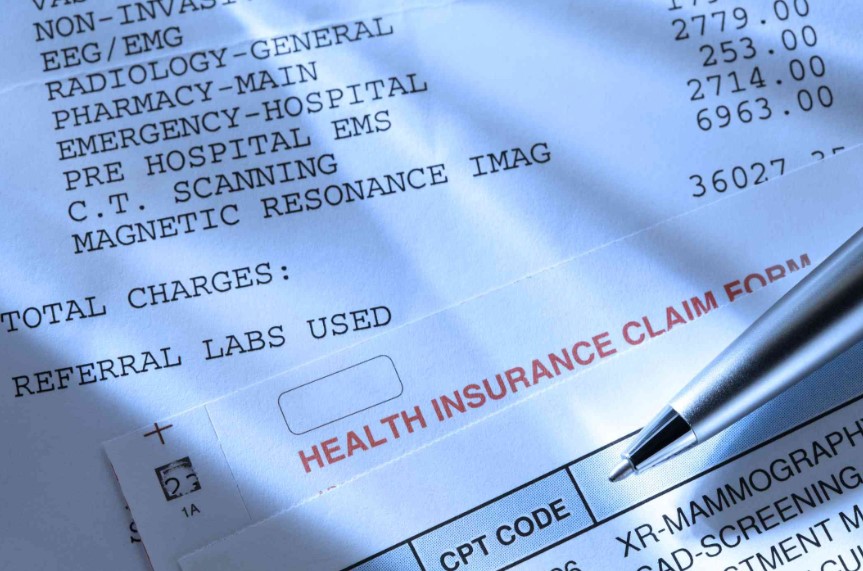Introduction to Pharmacy Billing and Coding
Pharmacy billing and coding are critical components of the healthcare system. They ensure that pharmacies receive accurate reimbursement for the medications and services provided to patients. Proper billing and coding practices are essential for maintaining financial health, regulatory compliance, and efficient pharmacy operations. For more detailed information, you can visit pafikabbaubau.org.
Importance of Pharmacy Billing and Coding
Ensuring Accurate Reimbursement
Accurate billing and coding are vital for pharmacies to receive proper payment from insurance companies and government programs. This process involves correctly identifying medications, services, and procedures using standardized codes. Accurate coding prevents revenue loss due to underpayments or claim denials.
Compliance with Regulations
Pharmacies must adhere to various federal and state regulations related to billing and coding. Compliance ensures that pharmacies avoid penalties, audits, and legal issues. Regulatory bodies like the Centers for Medicare & Medicaid Services (CMS) have specific guidelines that pharmacies must follow to remain compliant.
Enhancing Operational Efficiency
Efficient billing and coding processes streamline pharmacy operations. By reducing errors and minimizing the need for manual corrections, pharmacies can focus more on patient care and less on administrative tasks. This efficiency also speeds up the reimbursement process, improving cash flow.
Key Components of Pharmacy Billing
Prescription Processing
The billing process begins with prescription processing. Pharmacists verify prescriptions, ensure proper medication dispensing, and input the necessary data into the pharmacy management system. Accurate data entry is crucial for correct billing.
Insurance Verification
Insurance verification involves confirming a patient’s insurance coverage and benefits before dispensing medications. This step ensures that the prescribed medications are covered and helps identify any copayments or deductibles the patient may owe.
Claim Submission
After verifying insurance, pharmacies submit claims to insurance companies or government programs. Claims include detailed information about the medications dispensed, the services provided, and the corresponding codes. Timely and accurate claim submission is essential for prompt reimbursement.
Payment Posting and Reconciliation
Once claims are processed, payments are posted to the pharmacy’s accounts. Reconciliation involves comparing the payments received with the claims submitted to ensure that all amounts are correct. Any discrepancies are addressed through follow-up with the insurance provider.
Key Components of Pharmacy Coding
Drug Codes
Pharmacy coding involves using specific codes to identify medications. The most common coding systems are the National Drug Code (NDC) and the Healthcare Common Procedure Coding System (HCPCS). NDC codes uniquely identify each drug, while HCPCS codes cover a wide range of healthcare services and products.
Diagnosis Codes
Diagnosis codes, such as those from the International Classification of Diseases (ICD) system, are used to describe the medical condition or reason for the medication. Accurate diagnosis coding supports the medical necessity of the prescribed medications.
Procedure Codes
Procedure codes, also part of HCPCS, describe the services provided by the pharmacy, such as medication therapy management or immunizations. These codes are essential for billing services that go beyond just dispensing medications.
Challenges in Pharmacy Billing and Coding
Complex Coding Systems
Pharmacy billing and coding require familiarity with complex coding systems and frequent updates. Staying current with changes in coding standards and regulations can be challenging but is necessary for accurate billing.
Insurance Claim Denials
Claim denials are common in pharmacy billing and can result from various issues, such as incorrect codes, missing information, or lack of coverage. Managing and resolving denials promptly is crucial to maintaining revenue flow.
Regulatory Compliance
Pharmacies must navigate a landscape of ever-changing regulations. Ensuring compliance with federal and state guidelines requires continuous education and adaptation to new rules and standards.
Best Practices for Effective Pharmacy Billing and Coding
Regular Training and Education
Ongoing training and education for pharmacy staff are essential to stay updated on coding changes and billing regulations. Regular workshops, webinars, and certification programs can help maintain high standards of accuracy and compliance.
Implementing Robust Software Systems
Utilizing advanced pharmacy management software can streamline billing and coding processes. These systems often include features for automatic code updates, claim tracking, and error detection, which enhance accuracy and efficiency.
Conducting Audits and Reviews
Regular internal audits and reviews of billing and coding practices help identify areas for improvement and ensure compliance. Audits can uncover discrepancies, highlight training needs, and enhance overall process integrity.
Future Trends in Pharmacy Billing and Coding
Automation and Artificial Intelligence
Automation and artificial intelligence (AI) are transforming pharmacy billing and coding. AI-powered tools can analyze large volumes of data, identify patterns, and suggest accurate codes, reducing the burden on pharmacy staff and minimizing errors.
Telepharmacy and Remote Services
With the rise of telepharmacy and remote healthcare services, billing and coding practices are evolving to accommodate virtual consultations and digital prescriptions. This trend requires adapting to new coding standards and ensuring accurate reimbursement for remote services.
Integration with Electronic Health Records (EHR)
Integration of pharmacy billing and coding systems with electronic health records (EHR) enhances data accuracy and streamlines processes. Seamless data exchange between systems reduces manual entry, improves efficiency, and ensures comprehensive patient care documentation.
Conclusion
Pharmacy billing and coding are foundational to the financial and operational success of pharmacies. By ensuring accurate reimbursement, maintaining regulatory compliance, and enhancing operational efficiency, effective billing and coding practices support the overall mission of providing quality patient care. As technology advances and healthcare evolves, pharmacies must stay informed and adapt to new trends and regulations to continue delivering exceptional services.

